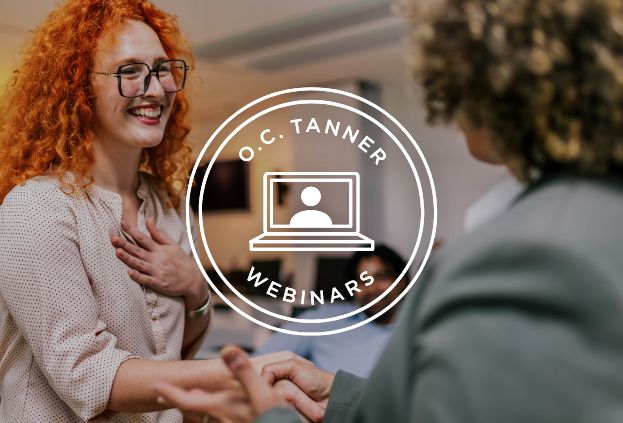7 Best Practices for Peer-to-Peer Employee Recognition Programs

Updated on
April 22, 2024
22
April
2024
One of the most common questions we get is this: is manager-given or peer-to-peer recognition more important?
Both forms of recognition are crucial to building a sense of appreciation in your workplace culture, yet companies often forget to incorporate peer-to-peer recognition within their recognition programs. Twenty-nine percent of employees surveyed have not given recognition in the past month, and 14% never/rarely give recognition at all.
Why peer-to-peer employee recognition is important
The benefits of peer to peer recognition go far beyond engagement alone. It has the power to:
• Increase employee engagement—employees feel they are doing great work and are engaged with their peers. There is a 26% increase in engagement scores when employees give recognition to each other.
• Build company culture—Eighty-nine percent agree that employees giving recognition creates a better company culture. Having a great company culture helps you become a great place to work, increases pride and loyalty from your people, and can be a great recruiting tool to attract top talent.
• Help foster a sense of connection and belonging—Eighty-six percent of employees agree giving recognition helps them better connect with their colleagues, and 81% say it helps them better connect with the organization. Recognition from peers shows an employee fits in and belongs in the organization.
• Lower turnover—Seventy-five percent of employees say giving recognition makes them want to stay at their current organization longer.
• Improve performance—there is a 33% increase in innovation and 22% increase in work results when employees give recognition.
• Benefit employee wellbeing—Eighty-four percent say giving recognition improves their personal sense of wellbeing.
Peer-to-peer employee recognition best practices
How do you start implementing peer-to-peer recognition in your organization? Make it part of your workplace culture.
1) Have a formal, enterprise-wide solution that is more than just an HR perk.
When recognition is seen as a culture-building initiative, and not just another workplace benefit, you get more support from senior leaders, more resources, and more impact from your investment. An enterprise-wide solution also allows you to create a consistent experience for employees across locations and departments.
2) Give everyone the opportunity to give and receive recognition.
Ensure every employee is aware that you have a peer-to-peer recognition program, and that each person feels empowered to use it to give recognition. Every employee should also have the opportunity to do great work and be recognized, regardless of job title, tenure, or function.
3) Make sure your peer-to-peer recognition program is easy to use, and has both mobile and offline capabilities.
Employees will want to recognize on the go, 24/7, and at home. Also account for employees who don’t have internet access while at work and may need offline tools to give recognition. And don’t forget remote employees—make sure they have access to tools and opportunities to be recognized too.
4) Publicize recognition.
Whether it’s a “wall of fame” feature on your recognition program, highlighting recent achievements on monitors in public spaces, or starting meetings by calling out successes, let others in your organization see the great work employees are doing.
5) Allow peers to participate in employee celebrations.
Whether you are congratulating a major accomplishment or celebrating a service anniversary, invite peers to gather, comment, and be part of the presentation. In best in class companies, employees take the initiative to put together and plan a peer’s recognition moment.
6) Senior leaders should model and remind their people about the importance and impact of recognizing great work.
Be a good example and set the tone for what to recognize and how to show appreciation. Encourage your people to do it frequently. Employees look to their leaders to feel empowered and inspired to give recognition.
7) Keep employee recognition fresh and top of mind.
Provide ongoing communication about your peer-to-peer recognition program. Remind employees to recognize often. Seventy-three percent of employees would like reminders to recognize at least monthly.
By incorporating peer-to-peer recognition in your organization, you’ll build a workplace culture where employees feel engaged, connected, and part of a winning team. You’ll create a workplace where employees thrive and work together to achieve success.
Check out our latest peer-to-peer recognition tools.



